So, you’re starting the next company that’s going to change the world.
Great.
But, you have a long road ahead of you.
Your startup needs to acquire customers, scale, test, and other shenanigans.
And, if you’re like a lot of startups, you’ve probably had slow sales and unpredictable business.
I’ve been there, too.
It sucks.
But, it doesn’t have to be that way.
Your pipeline can be more full than the New York subway if you use one simple technique…
A.K.A attracting customers to your company naturally.
Keep reading if you want to learn how to use it to skyrocket a startup.
It begins with your ideal customer
If I asked you who your target audience is, could you tell me who they are?
What keeps them up at night?
What they value and care about?
If not, you have some research to do.
After all, a good inbound marketing strategy for startups begins with knowing who you’re doing it for in the first place.
In fact, 86% of buyers will pay more for better customer experience.
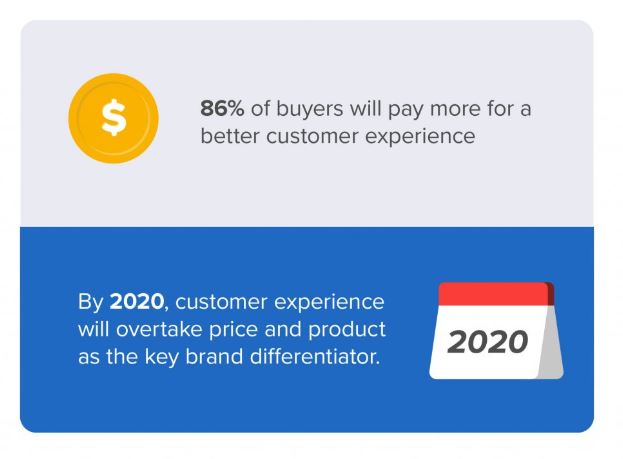
Let me explain how you can research customers and maximize their lifetime value.
Take a look at public data
I was recently reading a book on copywriting and it had a section on how to do customer research.
Do you know what it recommended?
Go to the library…
Yeah right!
I have a smartphone.
And the access to extraordinary resources at my fingertips.
That’s why I suggest taking advantage of public studies and data to begin piecing together who your customer is.
For example, search Google for these terms to see what I mean:
- Keyword + case study
- Keyword + whitepaper
- Keyword + statistics
- Keyword + examples
- Keyword + use cases
- Keyword + data
- Keyword + report
- Keyword + market report
- Keyword + industry report

You will find hundreds, if not thousands, of resources to use that will help you understand any customer like the back of your hand.
Take the data you find and extract key pieces of information like:
- Customer demographics
- Customer psychographics
- Buying behaviors
- Trends
- Opportunities
- Threats
- Competitors
All of this will help you answer the questions I asked you at the top of this section.
Trust me.
It will pay off.
But, that brings me to my next point.
Survey existing customers
Do you have an existing customer base?
(Your mother and dog don’t count.)
Even if it’s a small group, that’s fine.
You want to pick their brain like a surgeon to understand what they like, want, need, and care about.
All of which will help you develop an inbound strategy that attracts more of these individuals and keeps your pockets happy.
Use a free tool Straw Poll.
Add a question, options, and click “Create Poll.”

It will give you a link to the poll which you can then share across social media, email, and other channels.

Give this at least 24 hours (or however long you need) to collect a sizeable amount of responses.
Then, use this to better understand what customers care about.
Check social media insights
Do you use social media to grow your startup?
While it plays a role in increasing brand awareness, generating leads, and driving traffic, it helps with customer research, too.
Traffic, Facebook, Instagram, Pinterest, and other networks have their own analytics platforms.
A lot of businesses forget to check their insights and miss out on free information that will improve their marketing.
Not you, though.
Head over to your company’s Facebook page to begin.
Click the “Insights” tab on the top navigation.
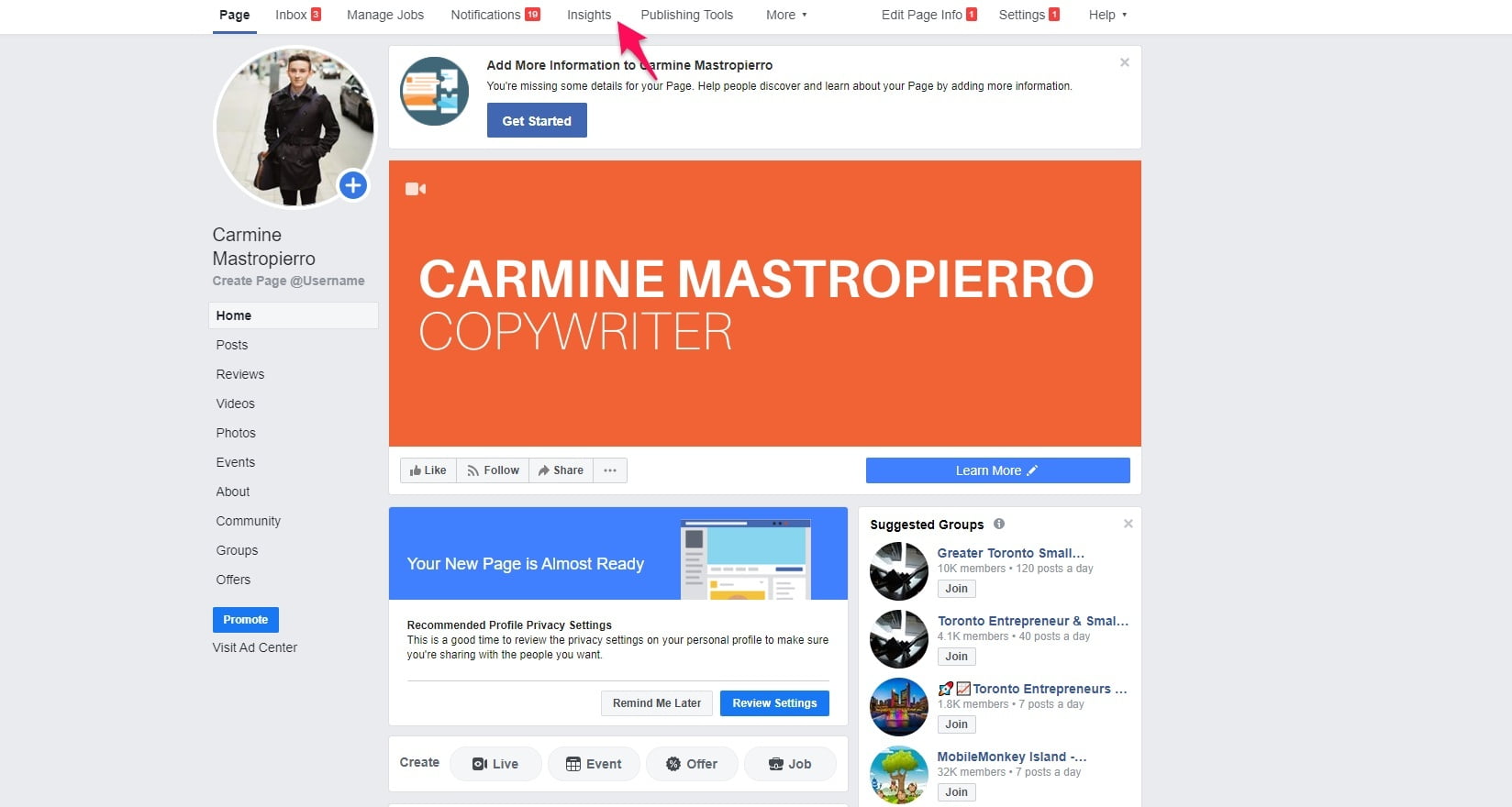
Here you will be able to see all of the data Facebook has collected on your page, its content, and followers.
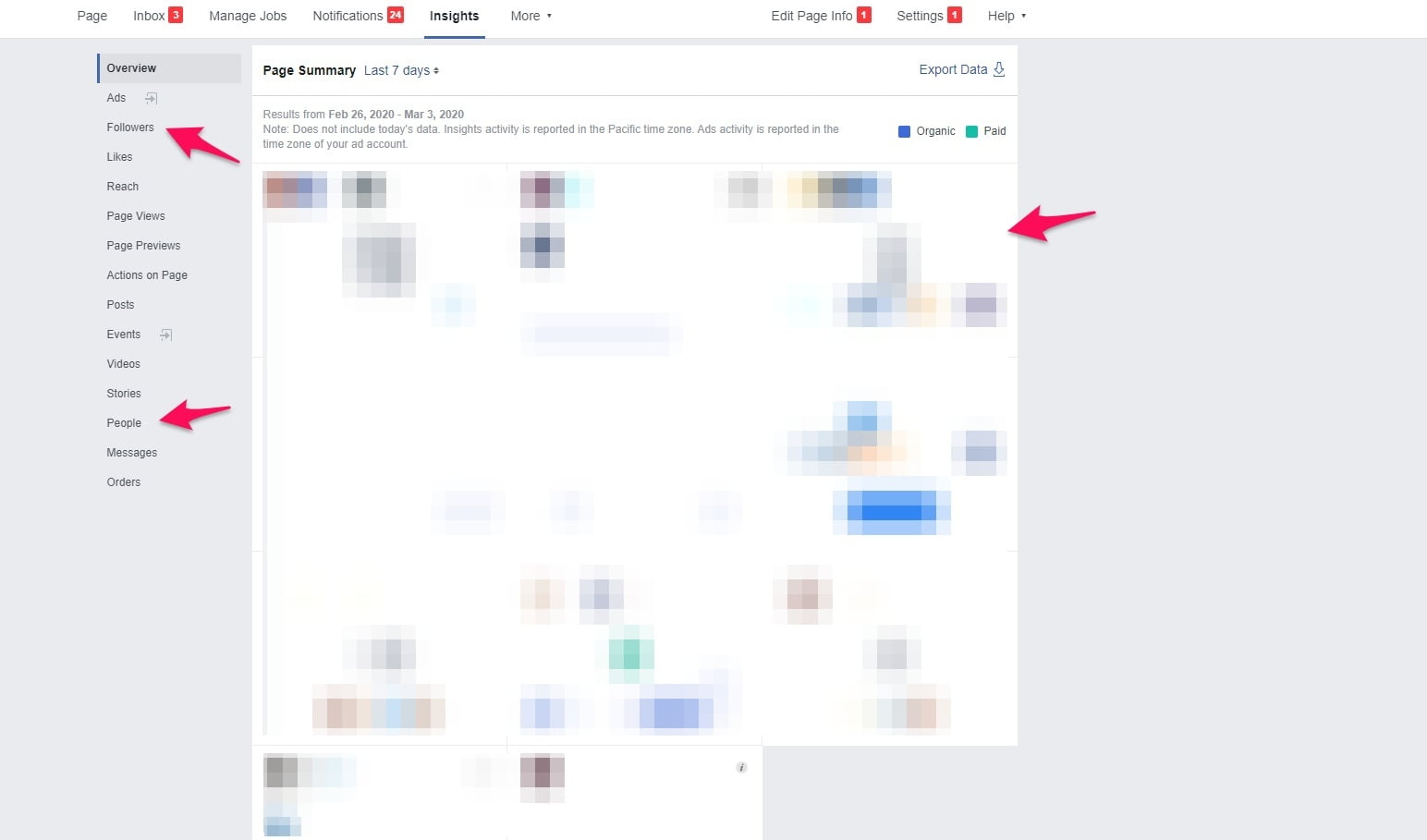
Click the “People” tab to see the demographics of those who like your page.
What are their most common locations, age, income, etc.?
Take all of the information you’ve organized from these research strategies to form it into a buyer persona.
Think of it as a fictional character.
You can write it up in a Word Doc or make it into a graphic. Whatever works for you.
Move onto the next step after this.
Develop a content strategy
With buyer persona in hand, we can get to the fun stuff!
This involves piecing together a startup content strategy, as it’s the heart of inbound marketing.
Think of how many businesses publish:
- Blog posts
- Videos
- Podcasts
- Case studies
- Whitepapers
- Webinars
- Infographics
- Social media content
And the list goes on.
There’s a reason, and that reason is that content marketing is stupidly effective.
That’s also why 73% of marketers prioritize creating engaging content and 44% focus on finding better ways to repurpose content.
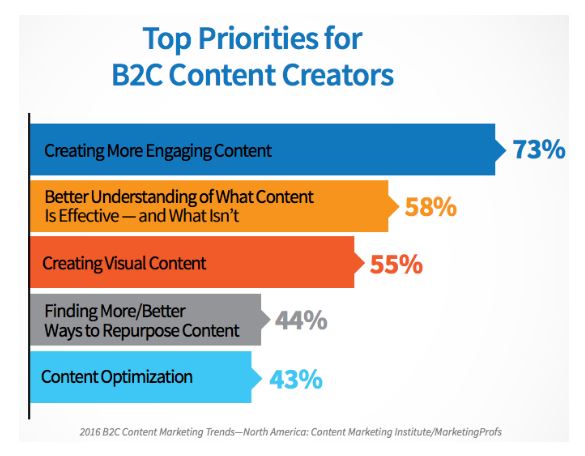
Now that you’re fired up, I’ll touch on coming up with ideas next.
Ideation
The first step in a content strategy is ideation.
A.K.A flexing your brain muscle (I know it’s not really a muscle) and coming up with ideas.
While you could scrunch your face and pop out ideas like a chicken lays eggs, let’s work smarter.
Take a look at the research you performed earlier. Ask yourself these questions:
- What do my customers care about?
- What do my customers want to learn?
- What problems do my customers experience?
Use this to come up with ideas.
Let’s say that you’re targeting Chief Technology Officer’s or tech leads, for instance.
You could say that:
- They care about the latest technologies, trends, and opportunities in their sector.
- They want to learn how to adopt new technology, improve its return, and enhance their company’s tool stack.
- They can’t keep up with the latest advancements, employees adopt slowly, and there’s many broken integrations or bugs.
This would then allow you to come up with content ideas related to these things. That would attract high-quality visitors.
After this, use a tool like this free content idea generator.
Type in a keyword and hit the search button
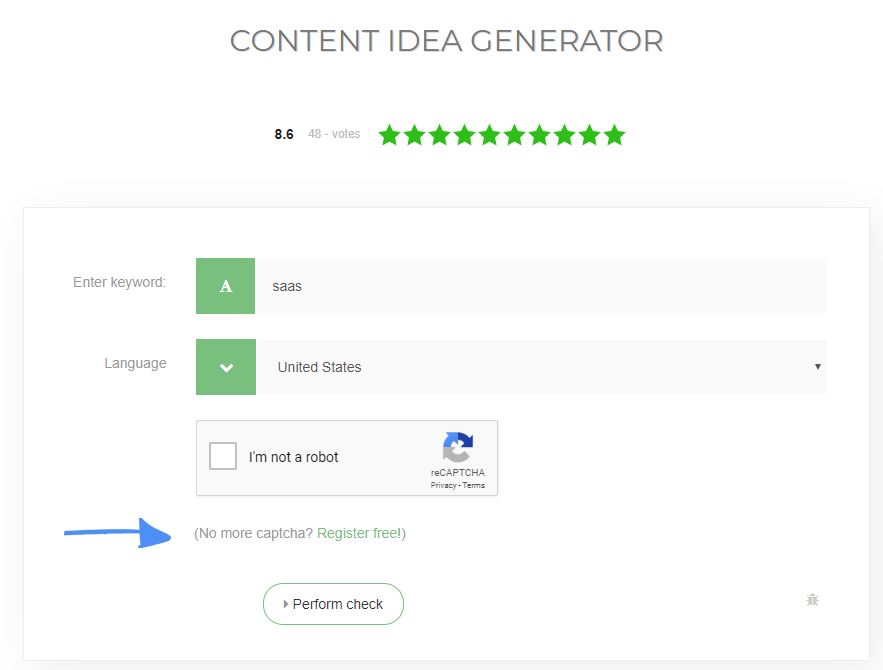
Click the checkbox next to any topic and it will add it to a box where you can copy them all at once.
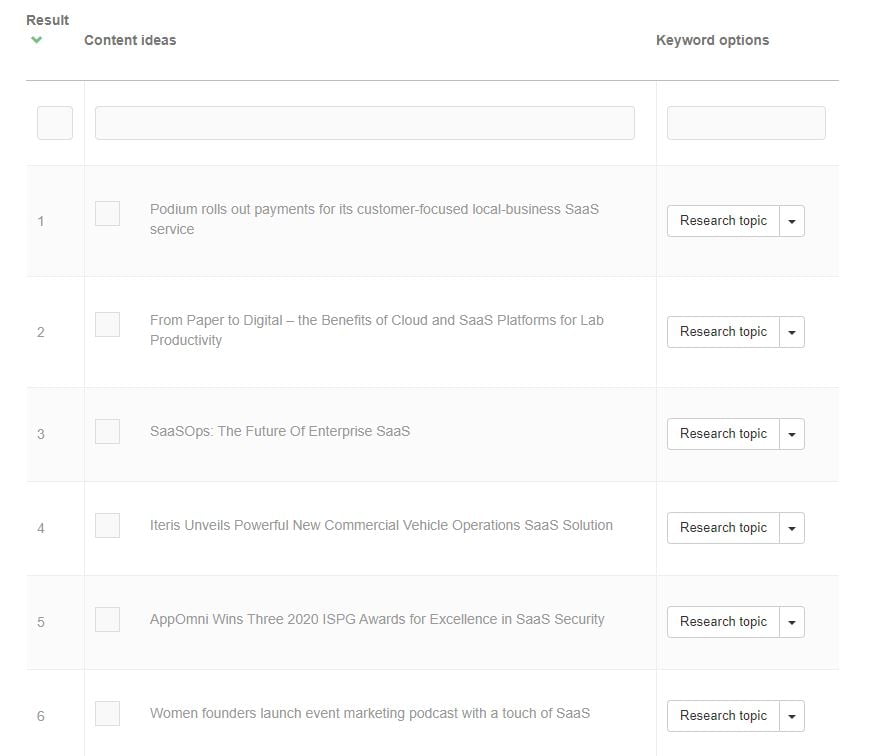
Alternatively, you can research the topic by clicking an option from the dropdown menu on the right side.
Last but not least, let’s go spy on some competitors.
Heck, they’ve done all of the hard work coming up with content and producing it. Let’s use it as inspiration!
Narrow down your top competitors and visit their website.
Check out their blog, resources page, and any type of content they produce.
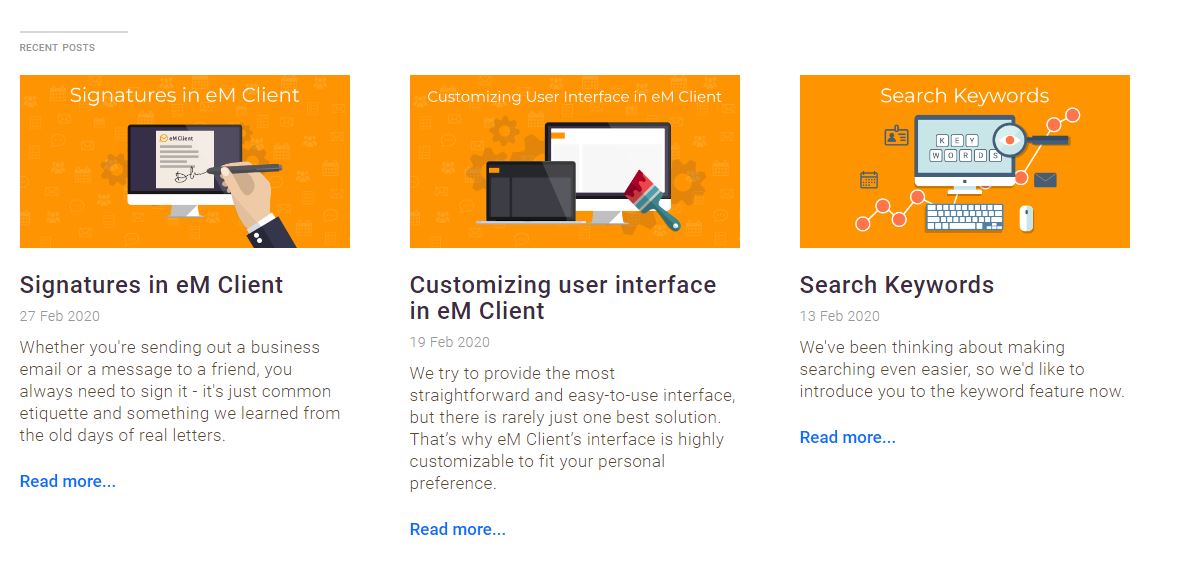
What do you notice? What trends do you see?
Take note of topic ideas, content formats, and distribution channels.
All of these are used to maximize your content strategy.
Creation
You’ve researched your customers.
You’ve come up with content ideas.
It’s now time to actually create the content.
However, there’s no shortage of formats as I mentioned before.
Blog posts right now are still trending. They’re the most accessible way to start ramping up an inbound strategy, too.
In fact, B2B companies that publish 11+ blog posts per month experience 3x more inbound traffic.
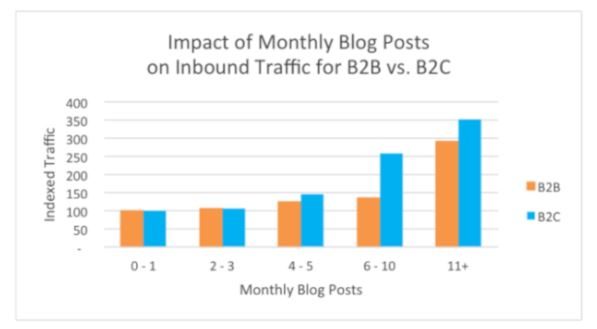
However, video marketing is still as powerful as ever, too.
85% of all internet users enjoy video content.
This includes vlogs, informational videos, and slidecasts.
Experiment with different formats and see what drives the highest engagement.
Lastly, don’t underestimate podcasting.
Smartphone usage is driving an insane amount of growth for podcasts right now. Don’t miss out on the wave.
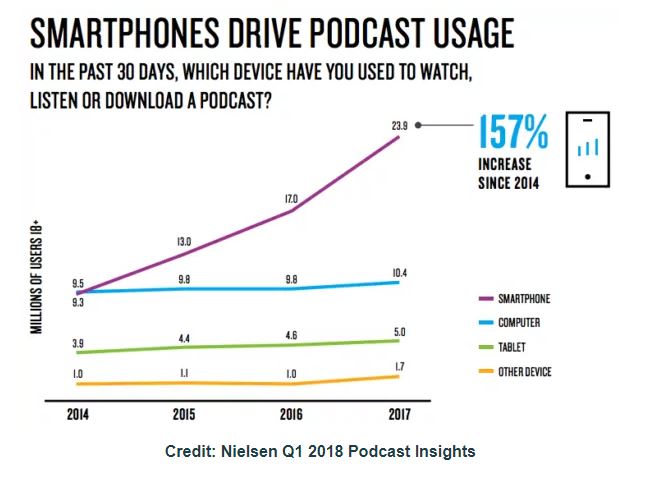
No matter what type of content you produce, keep in mind that personalization is key.
Since you’ve researched your customer down to a science, most of this will take care of itself.
Address the reader in every piece of content, solve their problems, and make it practical for a small audience. Not everybody.
Promotion
I know, I know.
It’d be lovely to kick your feet up and have a glass of wine once you’re done creating content.
But, you have one last thing to do…
Promotion!
Get the content in front of people through first distributing it on social media.
You may have to reformat it into an Instagram post, Pinterest graphic, etc.
However, it can be simply shared on Facebook, Twitter, and LinkedIn.
Next, share it with your email list. I’ll be teaching you how to create an email funnel in the next step but make sure to send out newsletters with the latest content.
Imagine you had 10,000 subscribers.
That’s 10,000 people that will instantly see and engage with a piece of content. 🙂
Have a funnel in place (you’ll thank me later)
Yes, you can drive sales and get plenty of results by simply mass-producing content.
But, you want to work smart.
And, that means your startup needs to have a funnel.
Think of it as a series of steps a user takes from finding your brand to being a happy customer.
It many cases, an inbound funnel looks like this:
- A startup publishes useful and unique content.
- Relevant users come to the website and develop trust.
- Visitors opt into an email list for a resource like an e-book or cheatsheet.
- They are sent further offers and promotions to convert them in the backend.
This is what I’ve done to generate clients that make me thousands of dollars per month.
You’ve already done the first step by producing super-specific content.
Now you need an email tool to create opt-in forms and offer lead magnets.
Let’s use HubSpot, for example.
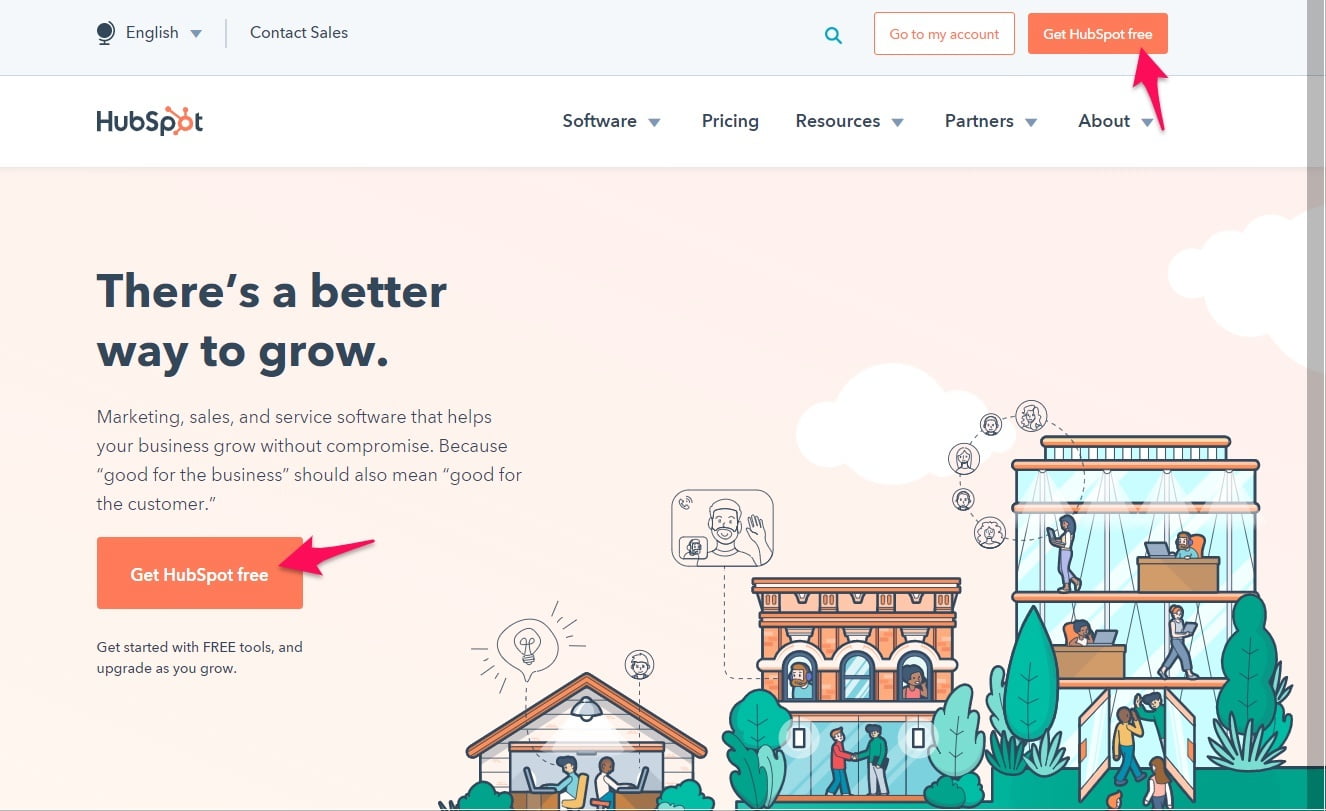
Set up your account through the wizard and navigate to “Marketing” and “Forms.”
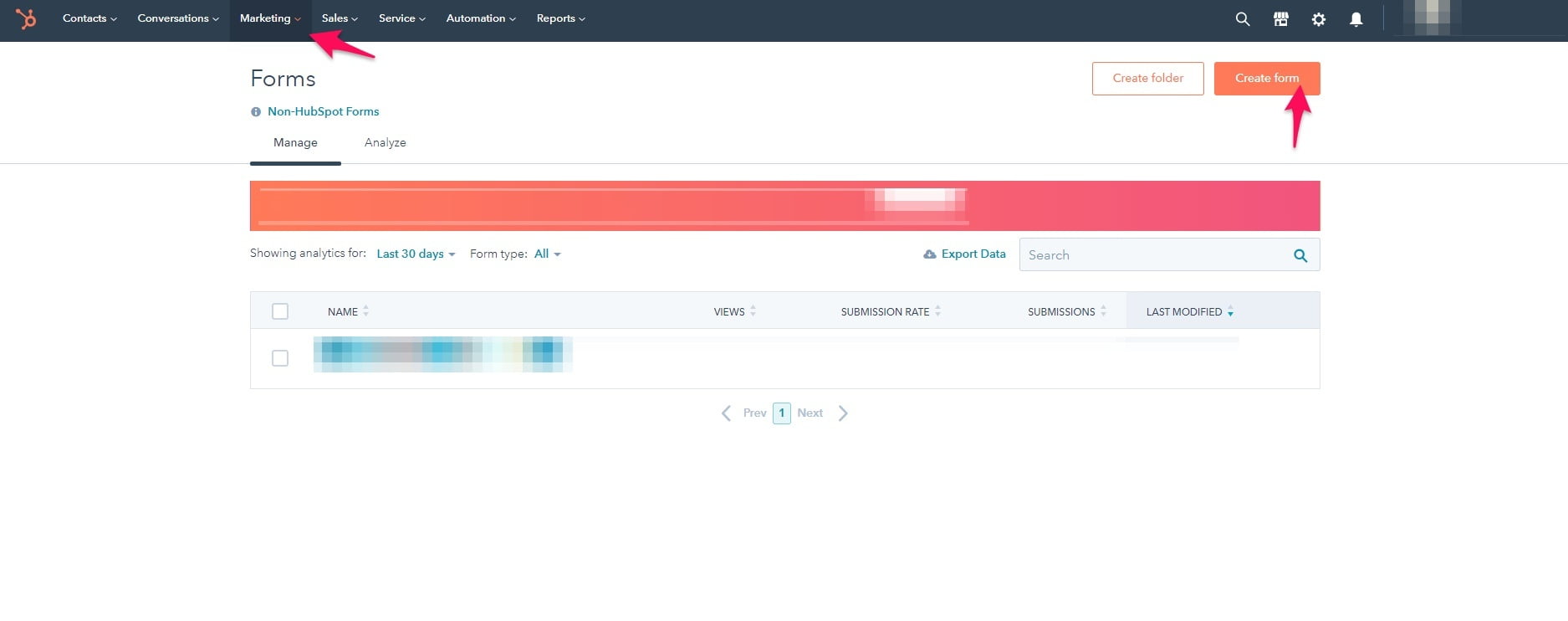
Click “Create form” on the top right and choose the pop-up option on the next page.
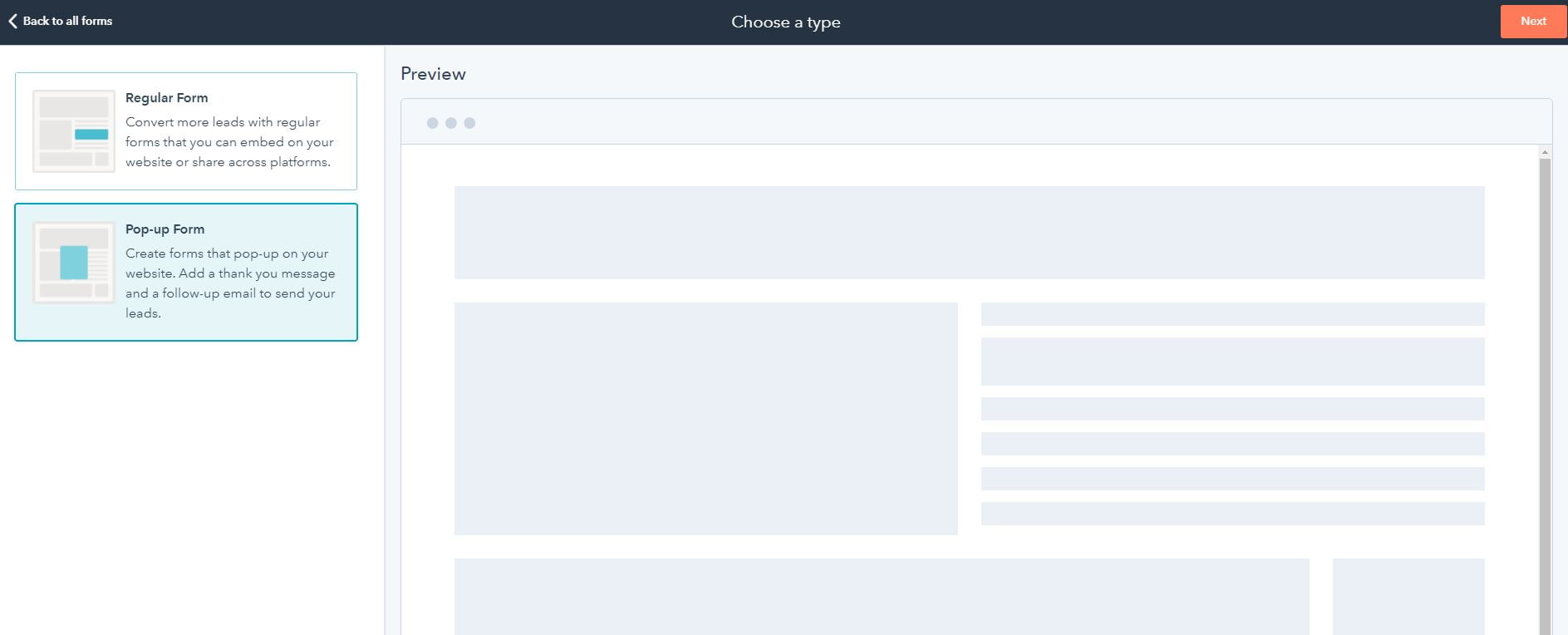
Then, customize the form and HubSpot will give you a code to paste onto your website.

Your email list will continue to grow and I recommend offering a lead magnet to increase conversions.
Continue sharing content with subscribers and pitch your product or services every few emails.
I also suggest creating automated drip campaigns and segmenting subscribers to further increase how many customers you generate from this approach.
Make sure to read my guide to building SaaS marketing funnels as it will help you out further.
Final thoughts on startup inbound marketing
Growing a startup is tough.
And, marketing tends to be one of the hardest parts.
Acquiring customers, beating competitors, and increasing brand awareness needs to be top priorities.
One way to achieve all of these things at once is through inbound marketing.
This is the strategy of providing resources and content to have customers come to you organically.
The first step is studying your target audience. Who are they? What do they care about? Break them down bit-by-bit.
Then, brainstorm content ideas. Try online tools, snoop on competitors, and use your trusty noodle.
Create content in different formats and begin promoting them through different channels.
Flesh out a funnel that maps out the steps users take from finding your startup to taking out their checkbook.
That’s the fundamentals. Apply it and watch your startup grow.














